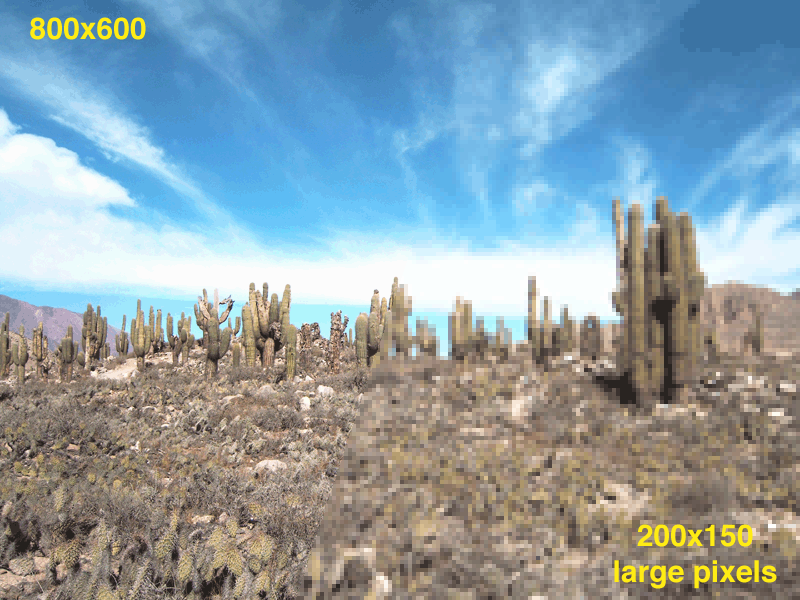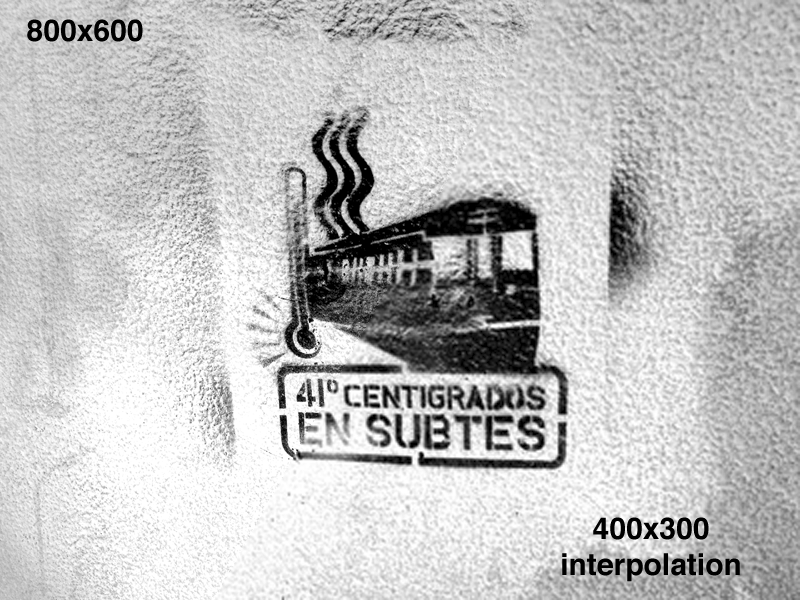We looked at transparency and PNG.
Showing posts with label compression. Show all posts
Showing posts with label compression. Show all posts
Monday, March 23, 2015
COMP6021 Class 08.1
We looked at transparency and PNG.
Labels:
COMP6021,
compression,
Digital Images,
Intellectual Property
Wednesday, March 19, 2014
COMP6021 Class 30 Block Matching Algorithms
We looked at sub-optimal block matching algorithms (BMAs) for motion compensated video compression. I got the feeling that students weren't especially interested in this.
Tuesday, March 18, 2014
COMP6021 Class 29 Video Compression
We looked a Bi-directional prediction and Block Matching.
I gave students a short exercise to see how time consuming block matching is.
Thursday, March 13, 2014
COMP6021 Class 28 Video Compression
We began our look at video compression. We will continue with video compression in the next class.
We mentioned frame rates in class. I capture the lectures at a mere 1 frame per second.
Wednesday, March 12, 2014
COMP6021 Class 26 Transparency & PNG
We looked at transparency, alpha channels, and PNG.
[due to a technology failure there is no recording of today's class. The (shockingly similar) class above is from four years ago.]
Tuesday, March 11, 2014
COMP6021/COMP6023 JPEG
Here's an online video I made some time about about JPEG. It is largely the same as what we did in class.
This rather unusual logo has it origins in the way JPEG works.
Labels:
COMP6021,
COMP6023,
compression,
DCOM1,
Digital Images,
DNET1,
DWEB1,
ITM1
COMP6023 DNET1/COM1c Class 26 GIF & JPEG
We looked at GIF & JPEG image formats.
[no recording due to technical problems]
[no recording due to technical problems]
COMP6021 Class 25 GIF & JPEG
the one with the DCT
We looked at the main features of the GIF and JPEG image formats.
COMP6023 DWEB1/ITM1 Class 26 GIF & JPEG
We looked at the main features of GIF & JPEG.
Students now ave everything they need to complete Assignment 2.
COMP6023 DWEB1/ITM1 Class 25 Indexed Colour and Dithering
We looked at indexed colour, colour palettes, and dithering.
Monday, March 10, 2014
COMP6023 DCOM1 Class 25 Subsampling, Indexed Colour & Dithering
[no recording today]
We looked at subsampling and interpolation. We saw how 24 bit images can be coded with fewer bits per pixel by using a well chosen palette. We played a palette matching game.
I explained how dithering works and students did an exercise on dithering. There are more such exercises in the notes, for students interested in doing more.
We looked at subsampling and interpolation. We saw how 24 bit images can be coded with fewer bits per pixel by using a well chosen palette. We played a palette matching game.
I explained how dithering works and students did an exercise on dithering. There are more such exercises in the notes, for students interested in doing more.
Labels:
colour,
COMP6023,
compression,
DCOM1,
Digital Images
COMP6023 DNET1/COM1c Class 25 Dithering
We looked at dithering. [no recording]
We did an exercise in class. There are other similar exercises in the slides.
I answered a few questions about interpolation.
We did an exercise in class. There are other similar exercises in the slides.
I answered a few questions about interpolation.
Labels:
colour,
COMP6023,
compression,
Digital Images,
DNET1
Thursday, March 6, 2014
COMP6021 Class 24
the one with Colin's tie
We looked at indexed colour palettes and at dithering.
Only 5 students were in class.
Wednesday, March 5, 2014
COMP6021 Class 23 Lab
We looked at an images RGB, CMYK, and Lab channels using Photoshop.
Students converted images from RGB, to Lab and then subsampled the a and b components so that they were a mere 1/36th of their original sizes. The results were surprising good in most cases.
In these images 35/36ths of the colour information has been discarded. Look closely to see the impact of this.
If you were on holidays and paying roaming fees to upload the picture you would would pay 3.00 for the full quality picture, but only 1.05 for the low quality.
Students converted images from RGB, to Lab and then subsampled the a and b components so that they were a mere 1/36th of their original sizes. The results were surprising good in most cases.
In these images 35/36ths of the colour information has been discarded. Look closely to see the impact of this.
Original PNG.
Subsampled Colour.
If you were on holidays and paying roaming fees to upload the picture you would would pay 3.00 for the full quality picture, but only 1.05 for the low quality.
COMP6021 Class 22
We looked at the Lab system and the CMYK system. The Lab system was interesting because it separates out the luminance and chrominance components of a image. We say how subsampling the chrominance components of an image can be quite successful.
We considered the use of subsampling as crude compression mechanism and looked at interpolation to replace the lost data. in practice, interpolation is more complex that I explained.
Tuesday, March 4, 2014
COMP6021/COMP6023 Image Submampling
When an image is subsampled the missing pixels have to be accounted for by the receiver. This can be accomplished by increasing the size of the pixels that are present, or by interpolating the missing pixels. The different is illustrated in these images. You need to click on them to see them at full size.
Labels:
COMP6021,
COMP6023,
compression,
Digital Images
Wednesday, February 26, 2014
COMP6021 Class 18
the one with the LZW
We looked at Lempel-Ziv-Welch coding.
Students worked on an LZW exercise. The answer was Ando Masahashi
I did a Huffman coding question on the board from a past exam paper.
Tuesday, February 25, 2014
COMP6021 Class 17
the one with the Huffman coding
We began our look at compression. We discussed lossy vs. lossless compression. we took a look at Run Length Encoding, Difference Coding, and Huffman Coding.
Subscribe to:
Comments (Atom)








